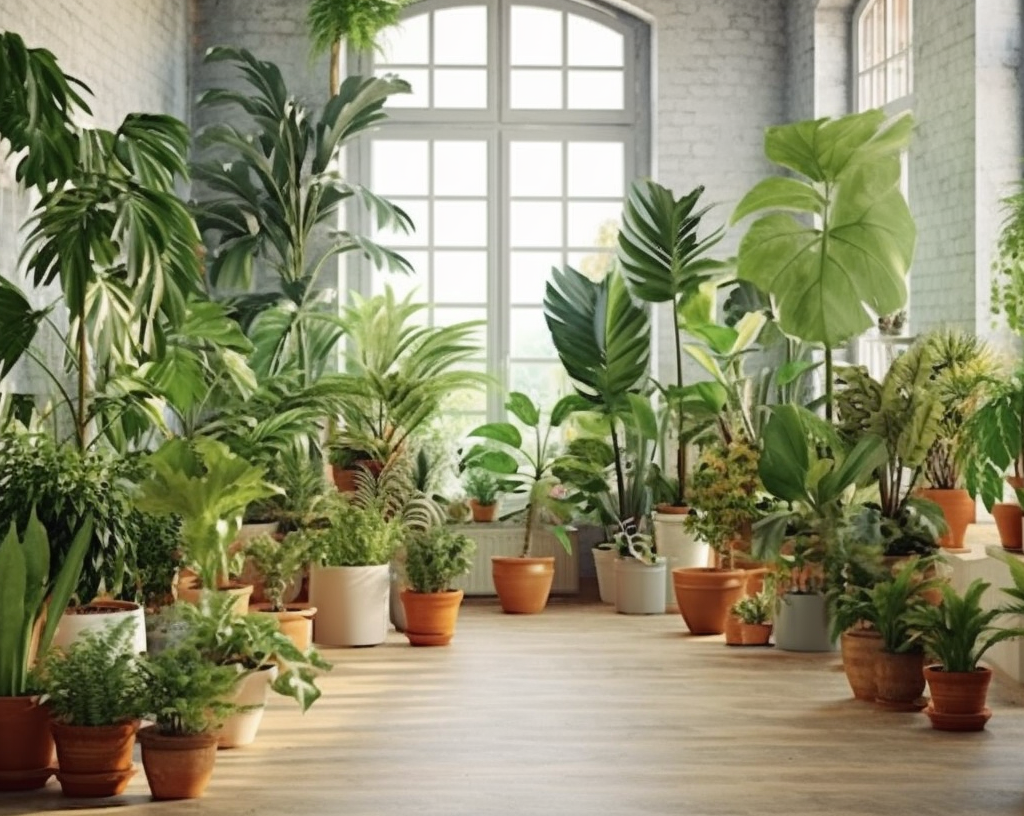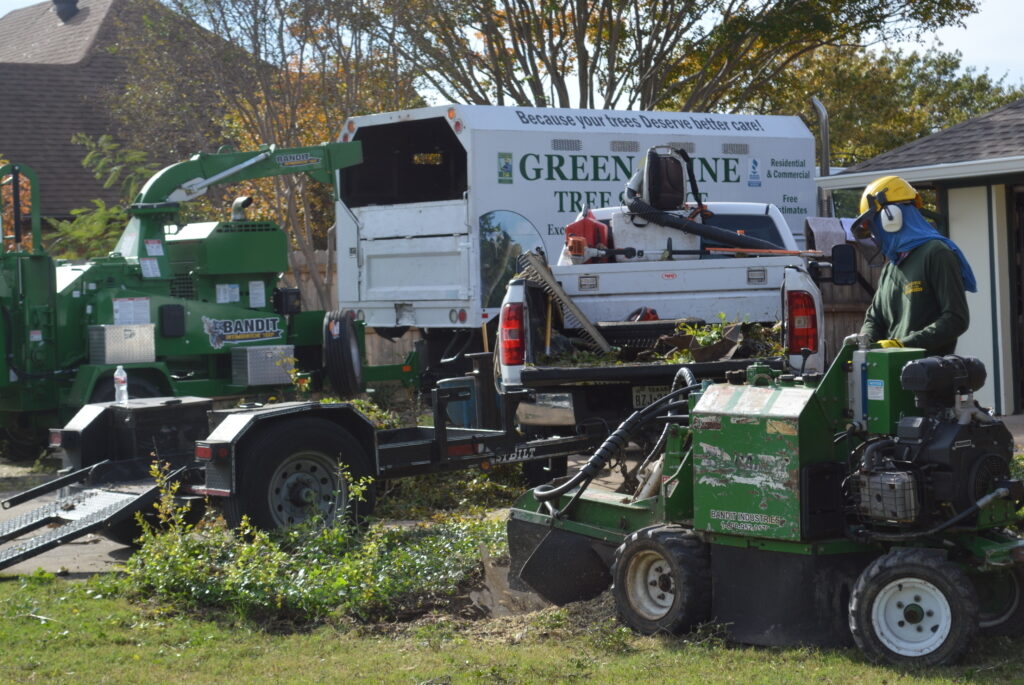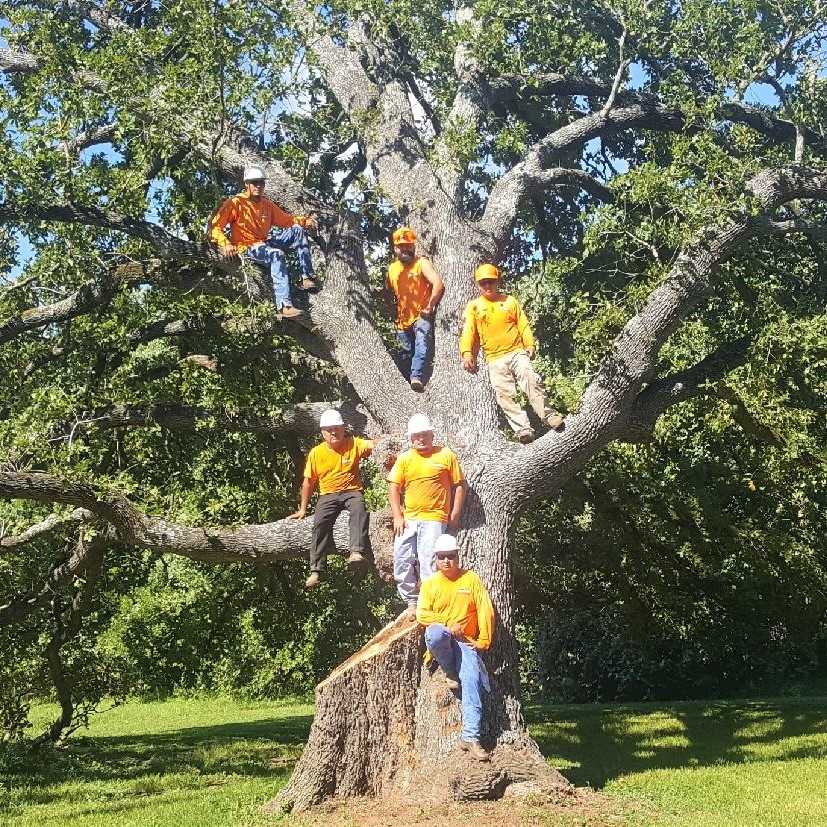Indoor trees low light
Introduction
Indoor trees not only bring a touch of nature into your living space but also have numerous benefits. But what if your home doesn’t get a ton of natural sunlight? The good news is that many indoor trees thrive in low-light conditions! This guide will walk you through some of the best low-light indoor trees and how to care for them.
What Is Considered Low Light?
Before diving into the trees, let’s clarify what “low light” means. Low light in indoor gardening refers to spaces where sunlight doesn’t directly hit the plants for extended periods. These might be rooms with north-facing windows or areas further from windows, where only indirect or ambient light is available.
Why Do Some Trees Thrive in Low Light?
Some trees have adapted to lower light conditions naturally, such as growing under the canopy of taller trees in the wild. They can photosynthesize even in dimmer conditions, making them perfect candidates for your low-light home environment.
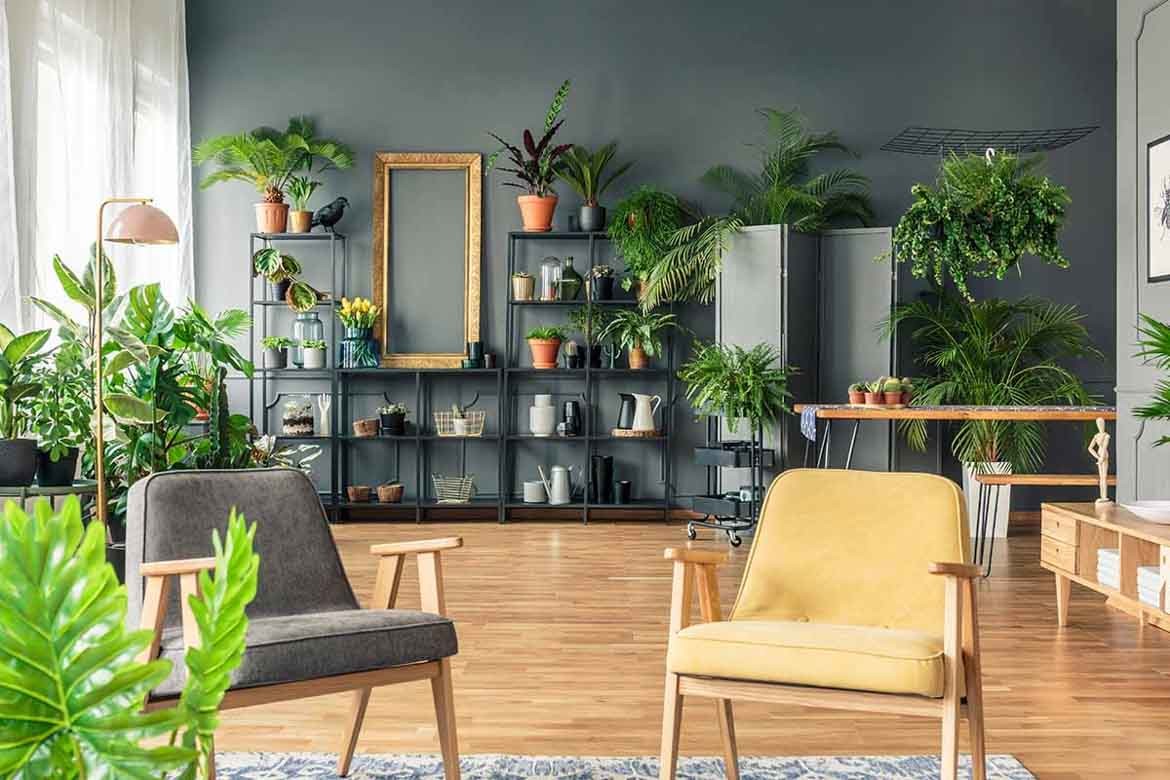
Benefits of Growing Indoor Trees
Improved Air Quality
Indoor trees low light act as natural air purifiers. They absorb toxins like formaldehyde and benzene, which are commonly found in household products. This can help you breathe easier, especially in a stuffy room.
Boosting Mood and Productivity
Adding a bit of greenery to your space has been scientifically shown to reduce stress and improve mental well-being. Who knew that a tree in the corner could be your secret to staying zen?
Aesthetic Appeal
indoor Low-light trees are not only functional but also beautiful. Their presence can make a dull room come to life, adding texture and color without the need for excessive light.
Top Indoor Trees for Low Light
Here’s a look at some of the best indoor trees that will flourish even in lower light conditions:
Snake Plant (Sansevieria)
Known for its durability, the snake plant is nearly indestructible. It’s great for beginners and thrives in low light. Its tall, architectural leaves can fit any corner of your room.
Parlor Palm (Chamaedorea elegans)
This charming palm doesn’t need much light to thrive and can grow to a considerable height. With its delicate fronds, it adds a tropical vibe to your indoor space.
ZZ Plant (Zamioculcas zamiifolia)
The ZZ plant is ideal for anyone who often forgets to care for their plants. It can tolerate low light and irregular watering, making it a tough and resilient indoor tree.
Rubber Tree (Ficus elastica)
With its broad, glossy leaves, the rubber tree is a great option for a low-light room. It can grow quite large indoors, making it a striking focal point in any space.
Chinese Evergreen (Aglaonema)
This plant is not only adaptable to low light but also comes in several variegated varieties. Its colorful leaves can add a bit of flair to your indoor garden.
Kentia Palm (Howea forsteriana)
If you’re looking for a palm that thrives in low light, the Kentia palm is an excellent choice. It’s elegant and slow-growing, making it perfect for adding a tropical feel without the hassle.
Dracaena
Dracaena varieties are common indoor plants because they’re low maintenance. They come in several types, all of which are tolerant of low light, making them versatile and easy to grow.
Fiddle Leaf Fig (Ficus lyrata)
Although it prefers bright indirect light, a fiddle leaf fig can also survive in low light. Its large, bold leaves make it a popular indoor tree for interior decor enthusiasts.
Peace Lily (Spathiphyllum)
Peace lilies are known for their white flowers and lush green leaves. They do well in low light and even tell you when they need water by drooping slightly.
Weeping Fig (Ficus benjamina)
The weeping fig is a classic indoor tree that does well in lower light. Its cascading branches create a graceful appearance, perfect for a more formal room setting.
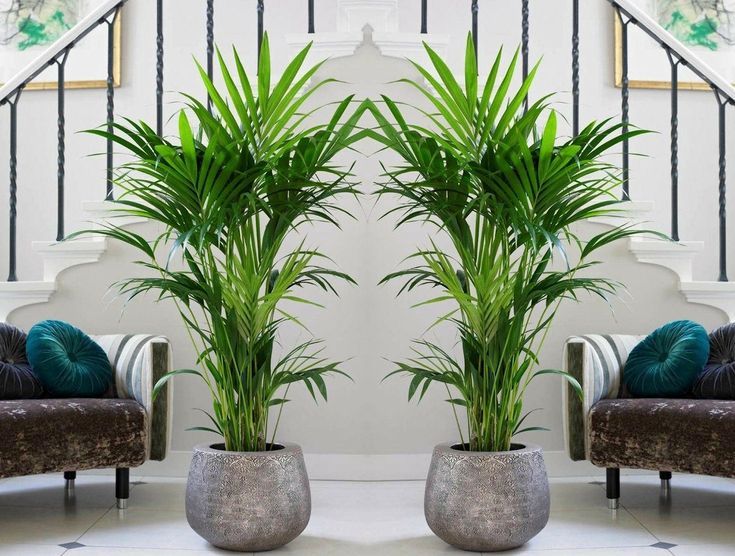
Caring for Low Light Indoor Trees
Watering Needs
Most low-light trees don’t require frequent watering. It’s important to let the soil dry out between watering sessions to avoid root rot.
Soil Preferences
Well-draining soil is key for low-light trees. A general-purpose indoor plant mix usually works well, but you can mix in some perlite or sand for better drainage.
Fertilization Tips
While low-light trees don’t need constant feeding, a little fertilizer every few months can help boost their growth. Opt for a balanced, water-soluble fertilizer diluted to half strength.
Common Mistakes to Avoid
Overwatering
It’s easy to overwater low-light trees because they don’t dry out as quickly. Make sure to test the soil’s moisture level before watering again.
Placing Near Direct Light
Even though these trees tolerate low light, avoid placing them in direct sunlight as it can scorch their leaves.
Not Providing Enough Humidity
Many indoor trees, especially palms and figs, prefer higher humidity levels. indoor trees low light You can help the plant flourish by misting its leaves or using a nearby humidifier.
Tips for Success
Rotating Your Tree for Even Growth
Indoor trees tend to grow toward the light. Turn your tree periodically, about every few weeks, to promote balanced growth.
Pruning for Shape and Health
Prune dead or yellowing leaves to keep your tree looking its best. indoor trees low light Regular pruning also encourages new growth and prevents your tree from becoming too leggy.
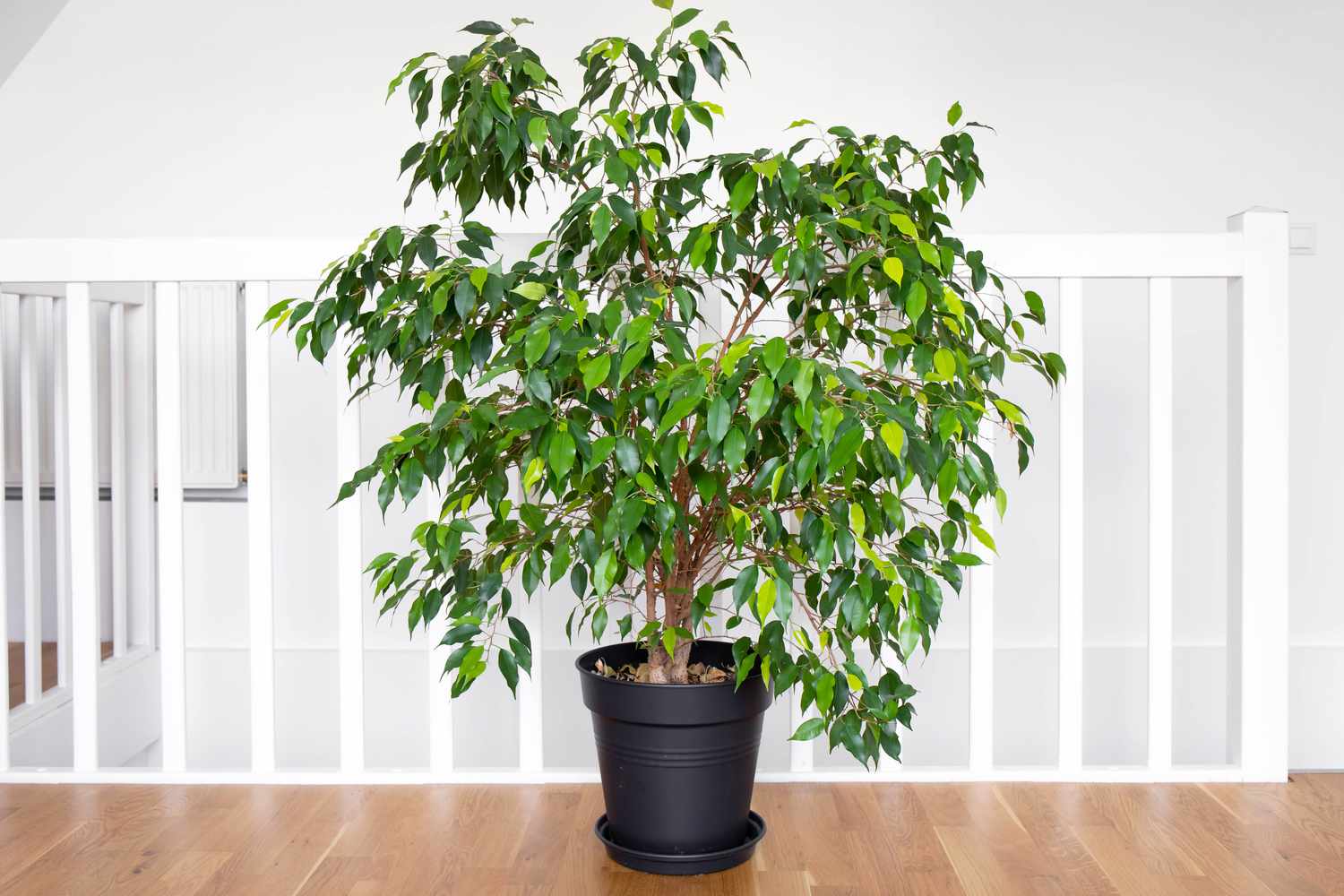
Conclusion
Low-light indoor trees can make a big difference in your home, indoor trees low light adding greenery and improving air quality, all without requiring too much sunlight. With proper care, these trees can thrive and bring life to even the dimmest spaces.
